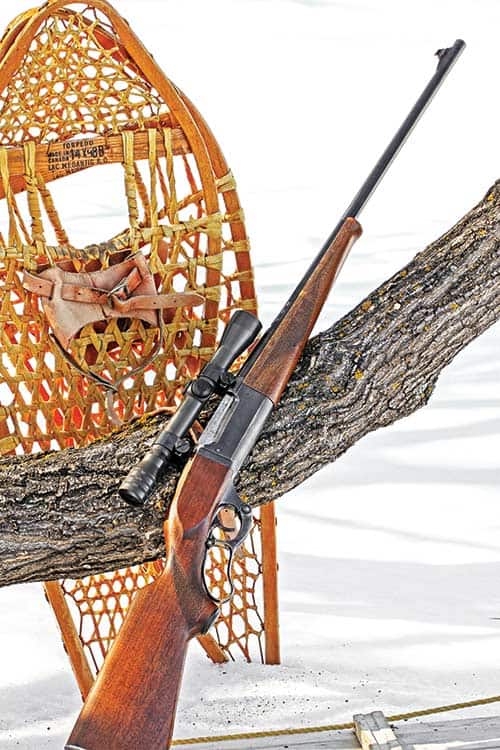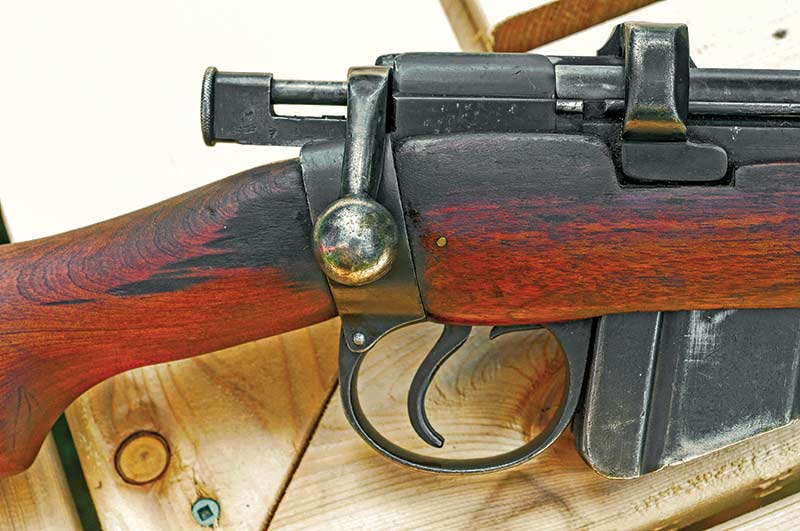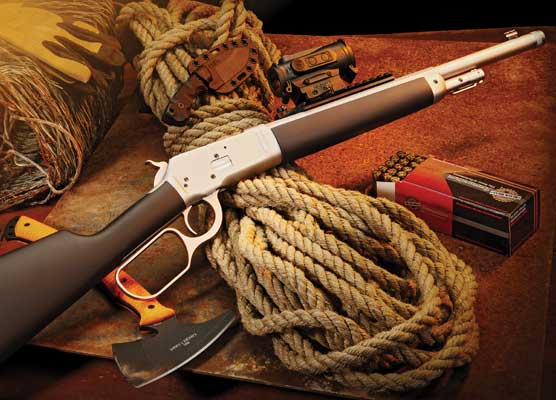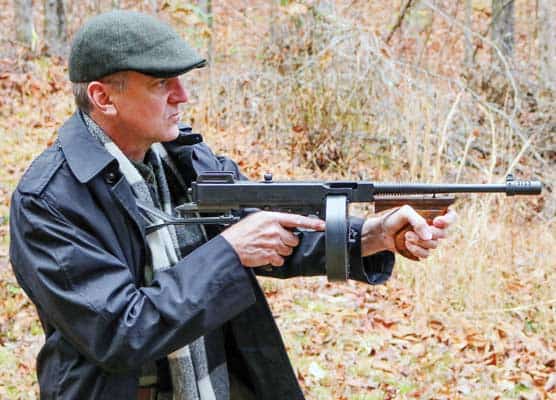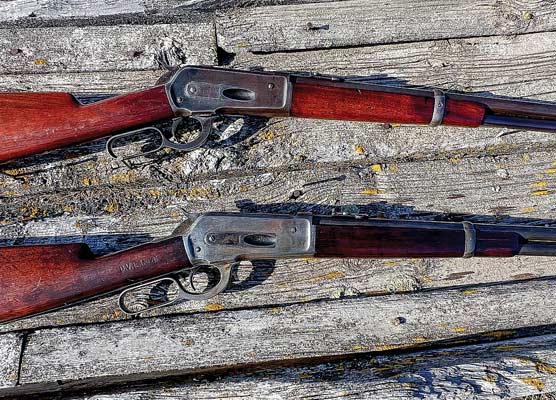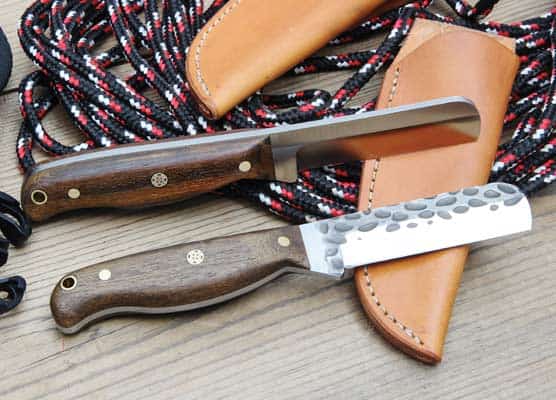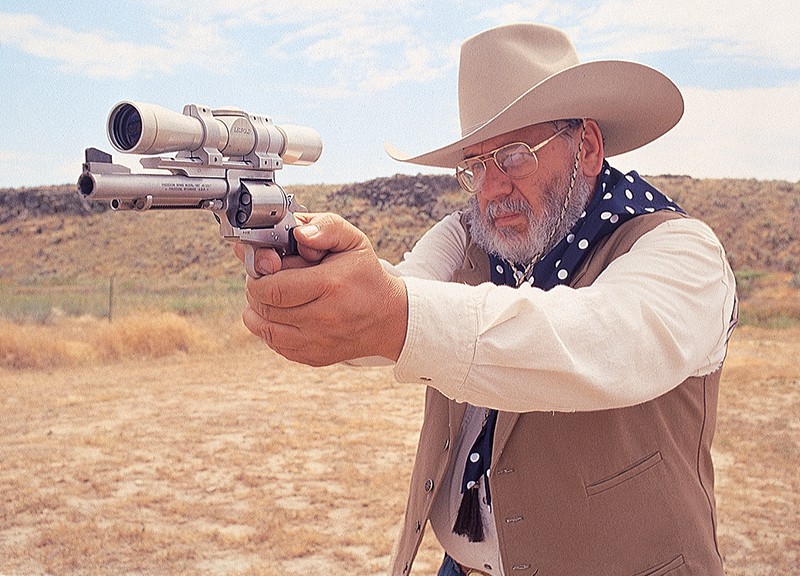Bring The Power
This last, I believe, is the #1 reason for the ascendancy of the bolt-action: the ability to use longer, more powerful cartridges. The 1920s was a relatively prosperous era. Hunters who had only pursued whitetail deer began to hunt elk, moose, mule deer, sheep, goats and even grizzlies. The old .25-35 and .30 Rem. started to look a little marginal. Cartridges such as the .30-’06, .270 and the wildcat .35 Whelen appealed to American hunters just as the .318 and 9.3x62 appealed to African hunters.
Demand for new firearms in the U.S. dropped sharply in the 1930s due to the depression but even so, the swing towards bolt-actions was evident. From 1930 to Pearl Harbor, lever-action production by Savage and Winchester fell by more than half, from 511,000 in the ’20s to about 250,000. Meanwhile, production of bolt-action rifles from Remington, Savage and Winchester nearly tripled to about 150,000 rifles.
Winchester shook up the rifle world by offering the .300 and .375 H&H cartridges in the model 70 at the same price as standard cartridges. The long, tapered .300 H&H with its gentle shoulder angle just begged for “improving.” Wildcatters fell on it like hungry wolves, blowing it out, sharpening the shoulder, shortening the case neck. In terms of performance, all were much the same but it was Roy Weatherby who achieved the greatest success. It’s often said Roy had a genius for publicity. I think his genius was a willingness to work all the hours of the day. As an old saying goes, genius is “1% inspiration and 99% perspiration.”
